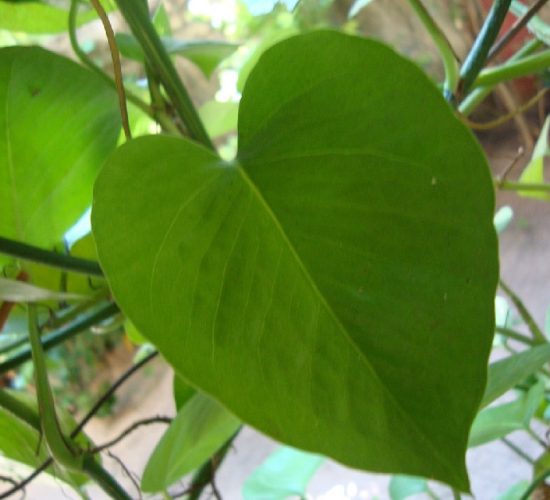
Menu

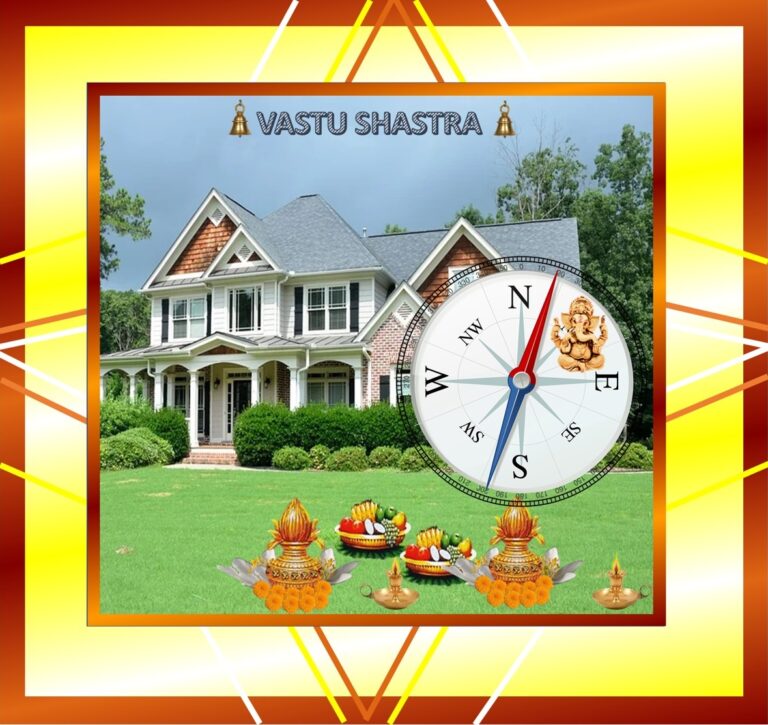







Got Questions? Contact Us Now:
Contact Number:
+ 1 – 647-741-0400 (Canada & USA #)
+ 91 – 888-268-1484 (India # – WhatsApp)
Email:
contact@liveonlinepuja.com
1. The main entrance to the house should ideally be located in the east or north direction, this can vary based on your geographic location.
2. The kitchen should be located in the southeast corner of the house, to increase the benefits of fire element.
3. The master bedroom should be located in the southwest corner of the house, this is ideal for seniors of the home.
4. The living room should be located in the north or east direction.
5. The colors used in the bedroom should be soothing and calm, such as pastel shades of blue, green, or pink.
6. The worship room should be located in the northeast corner of the house.
7. The dining room should be located in the west or south direction, and the seating arrangement should also be placed as per Vastu guidelines.
8. The stairway should be located in the west direction.
9. The storeroom should be located in the southwest or south direction.
10. The garage should be located in the north or west direction, note that according to the direction, storage items that can be placed in the garage would vary as well.

11. The main entrance door should be made of wood and should open inward, if the weather conditions of the location permit for this.
12. The bedroom windows should be located in the east or north direction, to increase the flow of positive energy.
13. The kitchen should have a window in the east or north direction as well.
14. The main entrance should be decorated with plants or flowers, to increase life energy and peace in the home.
15. The beds in a bedroom should be placed such that the person sleeping on it will have their head pointing towards the south or west and their feet towards the east or north.
16. The living room should have a seating arrangement facing east or north.
17. The dining table should have most seating facing east or north, to enhance the flow of positive energy while eating.
18. The placement of idols in the worship room, should be done in the north-east corner of the home.
19. The kitchen should have a sink in the northeast corner, to enhance the water element.
20. The toilet should have a window in the west or south direction.
21. The stairway should have a handrail in the east or north direction.
22. The storeroom should have shelves in the west or south direction.
23. The garage should have a door facing east or north.
24. The house should be painted in light and soothing colors, and dark and gloomy colors must be avoided.
25. The house should have good ventilation and air flow throughout, to allow free flow of the energy.

So, you are planning to move to a new house & start your day with the Grah Pravesh Puja? Keep in mind these additional, yet very simple things that you can easily do at home to ensure a proper, traditional, and, blessed start at your home.

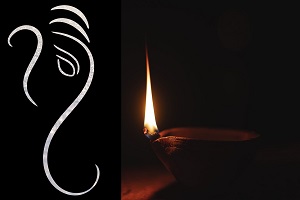

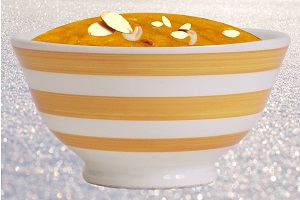
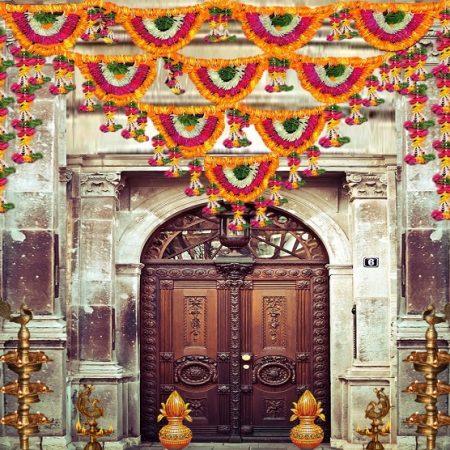
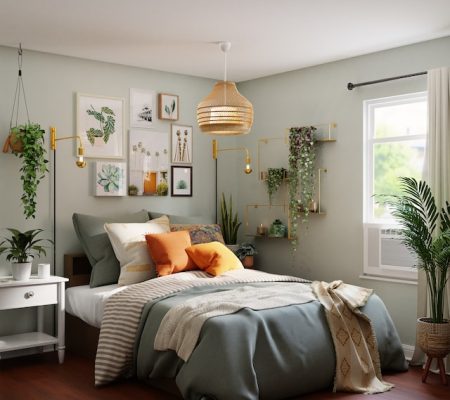

What is the significance of color in Vastu Shastra?
How important is the placement of water elements in Vastu Shastra?
As per Vastu, the design and construction of a building can have an impact on the success of a business or financial venture. A building that is constructed and designed in accordance with Vastu Shastra principles will bring peace, prosperity, and success to the residents and to any business or financial ventures conducted in the building.
In Vastu, the five elements of nature are considered to be important for creating a balanced and harmonious living environment. These elements of nature include:
1. Earth: Represented by the color yellow and located in the south-west corner, the earth element is associated with stability, grounding, and nourishment.
2. Water: Represented by the color blue and located in the north-east corner, the water element is associated with fluidity, cleansing, and purification.
3. Fire: Represented by the color red and located in the south-east corner, the fire element is associated with energy, passion, and transformation.
4. Air: Represented by the color green and located in the north-west corner, the air element is associated with movement, communication, and creativity.
5. Space: Represented by the color white and located in the center of the room, the space element is associated with openness, expansion, and freedom.

These elements should be in balance within a living space in order to promote harmony and well-being. It is believed that an imbalance of these elements can cause problems such as health issues, financial difficulties, and relationship problems. It’s important to consult with a Vastu expert to understand how to balance these elements in your home or office.
Colors are believed to have a significant impact on energy and mood in Vastu, with different colors associated with different elements and directions. Here are some general guidelines for the use of colors in Vastu:
1. North: The north direction is associated with the water element, so cool and calm colors such as blue, green, and black are recommended for this area.
2. South: Colors such as shades of red and orange are ideal in the South direction, but use them in a limited quantity as advised by a Vastu expert.
3. East: The east direction is associated with the wood element, so green, brown, and yellow colors are recommended for this area.
4. West: The west direction is associated with the metal element, so white, silver, and gray colors are recommended for this area.
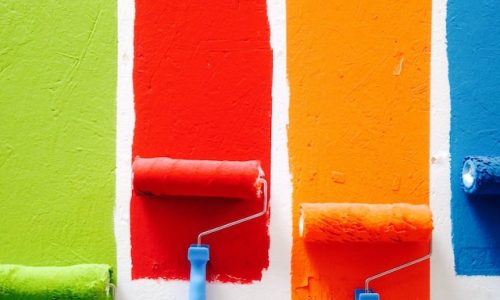
5. South-West: The southwest is associated with the earth element, so neutral and earthy colors such as beige, cream, and light brown are recommended for this area.
6. South-East: The south direction is associated with the fire element, so warm and bright colors such as red, orange, and yellow are recommended for this area.
6. Soothing and Calming colors: In general, it’s important to choose colors that are soothing and calming for the interior of the house. Blues, greens and shades of white are considered to promote a sense of serenity and peace.
7. Avoid dark and gloomy colors: Dark and gloomy colors such as black, dark brown, and dark gray create a negative atmosphere and should be avoided in Vastu.
It’s important to note that personal preference and modern design trends also play a role in color selection. Therefore it’s important to consult with Vastu expert before making any changes.
Vastu is a traditional Indian system of architecture and design that aims to align buildings with the natural laws of the universe in order to promote harmony, balance, and positive energy. The word “Vastu” comes from the Sanskrit word “vasati,” which means “to dwell” or “to reside.”
Originated in ancient India, this Vedic knowledge is widespread in the design of homes, offices, and other buildings throughout the world. While it has its roots in ancient India, its principles can be applied to a wide range of buildings and spaces, and it has gained popularity in recent years in other parts of the world.
One of the key principles of Vastu is the alignment of a building with the cardinal directions, with the main entrance ideally facing directions including, east, north, north-east, or north-west. The layout of the building is also carefully planned, with different areas designated for specific purposes such as sleeping, eating, and working. The use of symmetry and proportion is also important in Vastu design, as is the use of natural materials and light.
Vastu also places a strong emphasis on the use of natural elements such as water, fire, earth, air, and space. Water is believed to bring prosperity and abundance, while fire is associated with energy and transformation. Earth represents stability and support, while air is associated with movement and change. Space is seen as the source of all energy and is considered to be the most important element of all.
In addition to the use of natural elements, Vastu also incorporates various symbols and shapes, such as the mandala, which is believed to represent the universe and the cycle of life. The use of color is also important in Vastu, with different colors associated with different aspects of life, such as yellow for knowledge and learning, and red for passion and energy.
One of the main benefits of Vastu is that it creates a sense of balance and harmony within a building, which has a positive impact on the health and well-being of the people who live or work there. It improves the flow of energy within a building, which results in greater productivity and success. Additionally, Vastu is said to help attract positive energy and bring prosperity, success, and good luck to the inhabitants.
Vastu can be applied to a wide range of buildings, including homes, offices, shops, and factories, and it can also be used in the planning and design of gardens, parks, and other outdoor spaces. It can also be used to enhance the energy of existing buildings by making small changes to the layout, use of color, and placement of furniture and other objects.
In Vastu, the worship room, also known as a puja room or mandir, is considered a sacred space where one can connect with the divine and seek blessings.
Here are a few tips for creating a Vastu-compliant worship room:
1. The ideal location for a worship room is the northeast direction, which is considered the most auspicious direction for spiritual practices. This direction is associated with the earth element and is believed to bring stability and balance to the home.
2. The room should be kept clean and free of clutter, as this is believed to create a positive energy flow and promote a feeling of peace and tranquility.
3. The altar should be placed in the northeastern corner of the room and should be facing east or north. This is considered the most favorable direction for performing puja and other spiritual practices.
4. The room should be well-lit, preferably with natural light, as this is believed to promote a feeling of positivity and well-being.
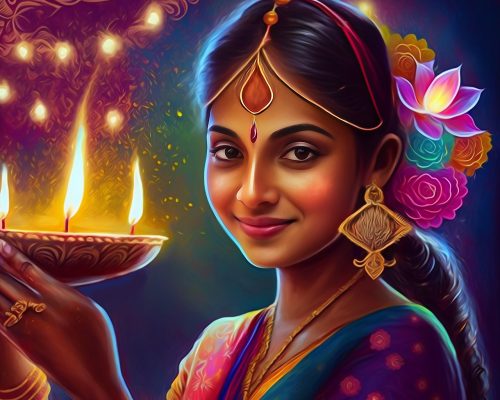
5. The walls of the room should be painted in light, soothing colors such as white, beige, or light blue to promote a calming atmosphere.
6. The room should be decorated with sacred symbols and images, such as statues of deities, yantras, and mantras. These are believed to bring positive energy and blessings to the home.
7. The room should be used only for spiritual practices and should be kept separate from other activities such as eating, sleeping, and working.
8. The room should be kept locked when not in use, to keep it free from negative energy.
It’s important to note that these are just general guidelines and that personal preference, culture and family tradition also play a role in creating a worship room. It’s also important to consult with Vastu expert or Hindu spiritual leader before making any changes.
In Vastu, certain Hindu deities are associated with different directions and elements. Here are a few examples:
1. Lord Ganesha is associated with the east direction and the wood element. He is considered the remover of obstacles and is often placed at the main entrance of a building to bring positive energy and success.
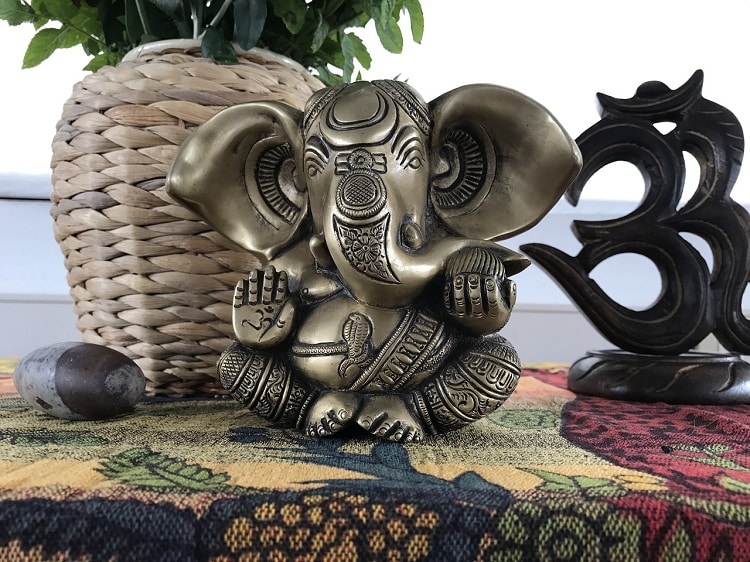
2. Lord Vishnu is associated with the north direction and the water element. He is considered the preserver of the universe and is often placed in the north direction to bring wealth and prosperity.
3. Lord Surya (Sun God) is associated with the east direction and the fire element. He is considered the source of light and energy, and is often placed in the east direction to bring health and vitality.
4. Lord Kubera is associated with the north direction and the earth element. He is considered the god of wealth and is often placed in the north direction to bring financial prosperity.
5. Lord Shiva is associated with the south direction and the earth element. He is considered the god of destruction and is often placed in the south direction to eliminate negative energy and bring spiritual growth.
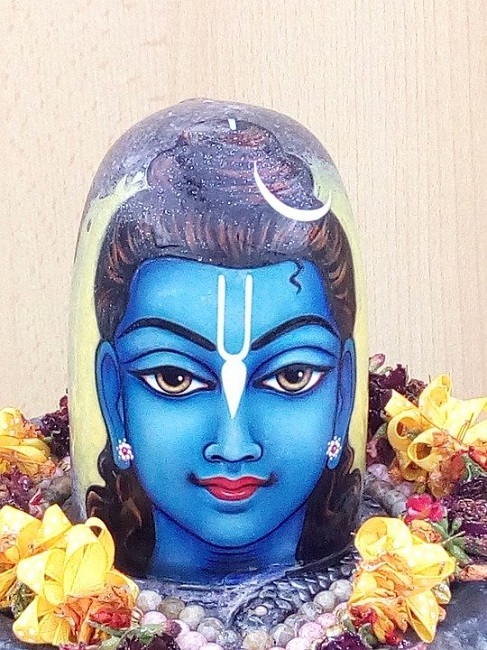
6. Lord Brahma is associated with the west direction and the metal element. He is considered the creator of the universe and is often placed in the west direction to bring creativity and new beginnings.
It’s important to note that these are just a few examples, and general guidelines only and it is important to consult with Vastu expert or Hindu spiritual leader before placing any deity or symbol in the house.
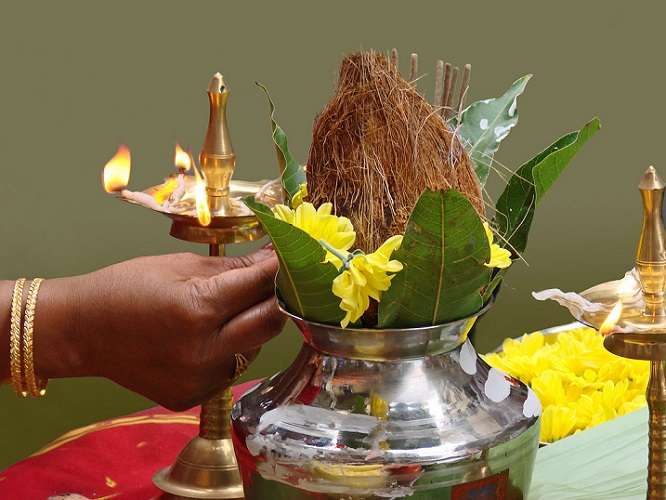
Jean-Pierre Dalbéra, CC BY 2.0, via Wikimedia Commons
1. The Laughing Buddha, also known as Hotei or Budai, is a popular figure in Vastu and Feng Shui.
2. It is believed that placing a statue of the Laughing Buddha in your home or office can bring good luck, wealth and prosperity.
3. The Laughing Buddha is often depicted as a rotund, jolly man with a big belly, a bald head and a long beard.
4. He is usually shown holding a fan, a begging bowl and a string of beads, known as a rosary.
5. The Laughing Buddha is said to represent contentment, happiness, and the attainment of enlightenment.
6. According to Vastu, the ideal place to place a statue of the Laughing Buddha is in the east or north direction of the house, as these are considered to be the most auspicious directions.
7. It is believed that placing the statue in the living room or entrance of the house can attract wealth and good fortune.
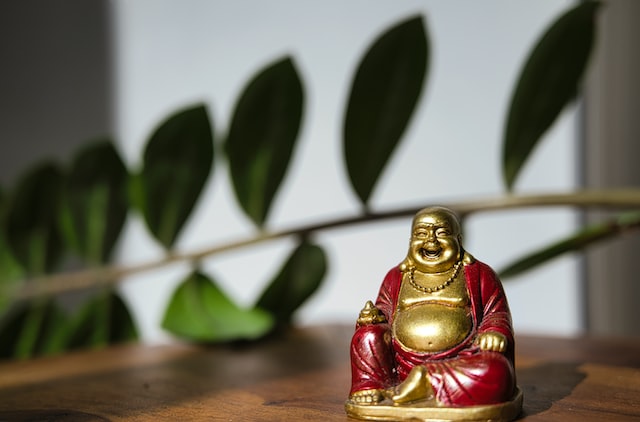
8. The Laughing Buddha is also considered to be a powerful symbol of wealth and prosperity, and is often placed in the wealth corner of the house, which is the southeast corner.
9. It is said that rubbing the belly of the Laughing Buddha can bring good luck and wealth.
10. The Laughing Buddha is believed to be a protector of the home and can be placed in the main entrance of the house to ward off negative energy.
11. It is also believed that placing the statue in the bedroom can bring peace, tranquility and a good night’s sleep.
12. The Laughing Buddha is also said to have the power to remove obstacles and bring success in business and career.
13. It is believed that if you place a statue of the Laughing Buddha in the car, it can protect you from accidents and bring good luck on the road.
14. In Vastu, it is also recommended to place a statue of the Laughing Buddha in the children’s room as it is believed to bring good luck, happiness and prosperity to the children.
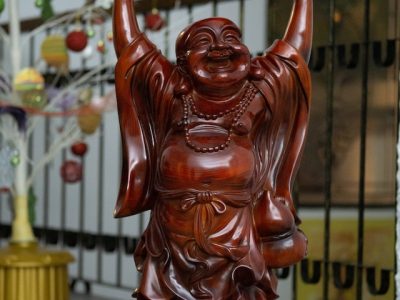
15. The Laughing Buddha is also said to bring good luck to the entire household and is often placed in the main hall or living room.
16. The Laughing Buddha is also believed to be a powerful symbol of good health and can be placed in the bedroom or in the health sector of the house.
17. The Laughing Buddha is also said to have the power to remove negative energy and promote positive energy in the house.
18. It is believed that the Laughing Buddha statue should always face the main entrance of the house, to attract good luck and prosperity.
19. The Laughing Buddha should be placed on an altar or on a small table, and should never be placed on the floor.
20. The Laughing Buddha should always be placed in a clean and sacred space, and should be dusted and cleaned regularly.
21. It is also recommended to light incense or offer flowers to the Laughing Buddha, as it is believed to bring good luck and prosperity.
22. It is said that the Laughing Buddha statue should be placed in a position where it can be easily seen and not hidden in a corner.
23. In Vastu, it is also recommended to place a statue of the Laughing Buddha in the office or study room, as it is believed to bring good luck, wealth and prosperity in business and career.
24. The Laughing Buddha is also believed to bring good luck in love and relationship, and can be placed in the southwest corner of the house.
Vastu Purusha is the cosmic man or the cosmic being who represents the universal energy and consciousness. It is believed that this energy and consciousness pervades all of creation, and that by aligning our buildings and spaces with Vastu Purusha, we can create harmonious and balanced environments that promote well-being and prosperity.
In Vastu Shastra, it is said that Vastu Purusha is a formless and eternal entity who resides in the center of the universe. He is said to have a head in the east, feet in the west, arms in the north, and legs in the south. It is believed that by aligning our buildings and spaces with the position of Vastu Purusha, we can create environments that are in harmony with the natural forces of the universe.
Vastu Purusha is also associated with the eight cardinal directions and the five elements of nature. It is believed that each direction is associated with a specific element and energy, and that by aligning our buildings and spaces with these energies, we can create environments that promote health, prosperity, and happiness.
In Vastu Shastra, it is also said that Vastu Purusha can be invoked through the use of ritual and offerings, and that by doing so, we can create environments that are conducive to spiritual growth and enlightenment. Vastu Purusha is considered to be a powerful and benevolent force that can help us create harmonious and balanced environments that promote well-being and prosperity.
Vastu Dosha Nivaran Yantra is a powerful tool used in Vastu Shastra, to neutralize the negative effects of Vastu Dosha in a building or space. Vastu Dosha refers to any imbalance or defect in the design or construction of a building that can cause negative energy and lead to problems such as health issues, financial difficulties, and relationship problems.
The Vastu Dosha Nivaran Yantra is a geometric diagram that is said to have the power to balance and neutralize the negative effects of Vastu Dosha. It is typically made of copper or other metals and is often inscribed with various mantras and symbols that are believed to have a powerful positive energy.
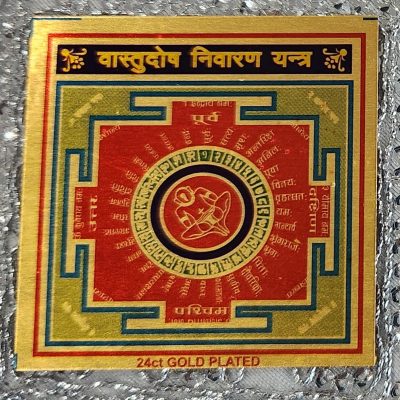
The Yantra is usually placed in the affected area of the building, such as the main entrance, living room, or the bedroom. It is said that the Yantra should be placed facing the east or north direction and should be cleaned and worshipped regularly to maintain its positive energy.
Vastu Dosha Nivaran Yantra works by absorbing and neutralizing the negative energy that is present in the affected area, and by promoting the flow of positive energy. This can lead to improvements in health, wealth, and relationships, as well as a general sense of well-being. It is important to note that the Vastu Dosha Nivaran Yantra is not a substitute for professional Vastu consultation and it should be used in combination with other Vastu remedies and after proper consultation with an expert.

In Vastu Shastra, the tortoise is considered to be a powerful symbol of stability, longevity, and protection. It is said that the tortoise, with its strong and sturdy shell, represents the solid foundation that is necessary for a harmonious and balanced life.
One of the main uses of the tortoise in Vastu Shastra is as a remedy for the Vastu defect known as “Vastu Dosha” which is caused by the imbalance of the five elements (earth, water, fire, air, and space) in a space. Placing a tortoise in the affected area can help to neutralize the negative effects of Vastu Dosha and bring balance and harmony to the space.
The tortoise is also used as a symbol of protection and is often placed at the main entrance of a building to ward off negative energy and bring prosperity and well-being to the inhabitants. Tortoise can also be used to improve financial luck and to overcome obstacles. The tortoise is also used as a symbol of longevity and is often placed in the bedroom to promote a long and healthy life.
It is important to note that the use of tortoise as a Vastu remedy should be done under the guidance of a qualified Vastu expert, as the placement and positioning of the tortoise is considered to be important.
1. Vastu pyramids are powerful tools for harmonizing and balancing the energy in a space.
2. Pyramids have the ability to neutralize negative energy and promote the flow of positive energy.
3. They are used as a Vastu remedy for correcting Vastu defects and imbalances in a building or space.
4. Pyramids can be made from a variety of materials including metal, crystal, and wood.
5. The pyramid shape mimics the natural energy flow of the universe, making it a powerful tool for energy alignment.
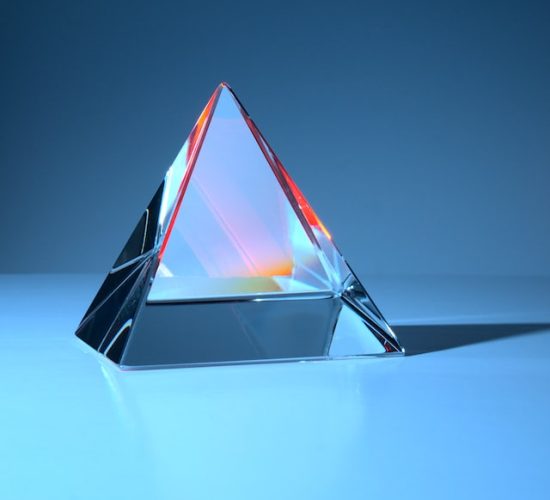
6. Placing a pyramid in the north-east direction is considered to be most beneficial, as it is said to bring wealth and success.
7. Vastu Pyramids can be used to enhance, and amplify the energy of objects placed inside, beneath, or near the pyramid.
8. Pyramids enhance the energy of healing and rejuvenation practices by improving the energy of the surrounding environment.
9. Vastu Pyramids are used balance and align the energy of a specific room or area of a building.
10. They can be used to improve the energy of a specific object, activity, time, planet, direction or person.
11.Pyramids balance and align the energy of the five elements (earth, water, fire, air, and space) in a space.
12. They can also be used to activate the energy of a specific chakra or energy center in the body.
It is important to note that the use of Vastu pyramids should be done under the guidance of a qualified Vastu expert, as the placement and positioning of the pyramid is can provide positive or negative effects, based on its positioning.
1. The money plant, also known as the Pothos or Devil’s Ivy, is considered to be a powerful symbol of wealth and prosperity in Vastu.
2. According to Vastu, the money plant should be placed in the southeast corner of the house, which is the wealth corner or at the front entrance depending on its direction.
3. It is believed that placing a money plant in the southeast corner can attract wealth, good luck and prosperity.
4. The money plant is also said to bring positive energy and remove negative energy from the house.
5. In Vastu, it is recommended to place the money plant in a red or golden pot, as these colors are believed to attract wealth and prosperity.
6. It is also said that watering the money plant with milk or honey on a regular basis can bring good luck and prosperity.
7. The money plant should be placed in a well-lit area, but should not be exposed to direct sunlight.
8. It is also recommended to keep the money plant clean and dust-free, to maintain its positive effect.
9. It is also believed that the money plant has the power to remove negative energy and promote positive energy in the house.
